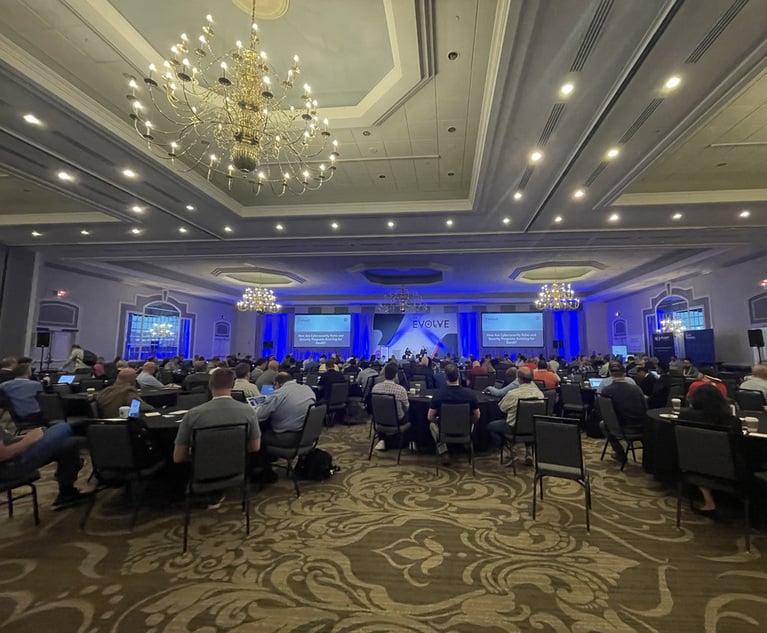Fraud losses represent a systemic and increasingly convolutedrisk affecting the profitability of every insurance company.
|Traditional fraud detection methods and systems struggle withthe complexity and speed of emergingorganized fraud schemes. Insurers need a new approach tomonitor customer behavior across multiple claims and lines ofbusiness. By combining multiple detection techniques, analyticsand reporting, insurers can decrease fraud losses,reduce false positives and improve investigator efficiency.
|Today's fraud landscape
Today's fraud trends and schemes are not those of 10 years ago.More advanced technology available to both insurance carriers andconsumers has given rise to fraud that is much moreinscrutable — schemes that are harder to detectwith the human eye or by a single detection approach alone.Insurance claim fraud detection techniques are critical tocombating the issue, but any one technique alone can cripple aninvestigation unit with false positives.
|Related: The changing face of fraud
|Given relatively flat growth and resource constraints, it isimportant that insurance companies consider multiple analyticaldetection techniques. Used in concert, they yield both a highervolume and a higher quality of claims requiring furtherinvestigation. They also tend to flag claims for furtherinvestigation earlier in the claim's life cycle, increasing thelikelihood of fraud mitigation, which positively impacts severityand ultimately profitability.
|Multi-thread detection to fightfraudsters
Detection methodologies of the past were single-threaded. Thatleft them quite vulnerable to circumvention. For example,fraudsters quickly understood and adjusted to the industry's stanceon claims filed within 30 days of the policy inception. Does thatmean the business rule is not valid? Not at all. But it clearlyillustrates that the industry cannot rely on any one rule alone forfraud detection.
|To stay a step ahead of fraudsters, an insurance company'sdetection techniques must be at least as sophisticated as the fraudbeing committed. Technology can give insurers the upper hand.
|Today's analytic technologies
Anomaly detection: Anomaly or outlier detection is veryadept at identifying suspect service providers involved in claims.Creating peer groups and then applying anomaly detection to thegroups within the data provides insurers great insight into theirclaimsdata. Coupled with other techniques, investigators cantake a more proactive approach to combating provider-drivenfraud.
Predictive modeling: Using past results todetect similar fraud in the future via a supervised model iseffective, but given the speed at which fraud evolves and internalprotocols are implemented, the approach is not without itspitfalls. Today's fraudsters quickly learn and adapt to changes ininsurers' internal protocols. For example, they quickly learn thedollar threshold for claims that are desk settlements. Once a newfraud scheme is hatched, or a business protocol is changed and/ordeveloped, a supervised model approach can fall behind. That isjust another example of why insurers should not solely rely on asingle detection technique.
|Text mining: It is estimated that over 80percent of critical insurance claim data is captured in anunstructured format. Even with sophisticated claim systems,critical data elements are entered manually— text typed into a field. Text mining can help uncoverfraud in even large data sets using key words within claim notesand/or first notice of loss entries, derived after analyzinghistorical claims referred for further investigation. Imagine ifthis same claim also fails a few business rules and involves aservice provider who is identified as an anomaly relative tohis/her peer group. Chances are that a high-quality referral hasbeen detected.
|Related: How social engineering fueled the cyber-attackbusiness
|Social network analytics: Monitoring customerbehavior across multiple claims and lines of business via socialnetwork analysis is another helpful technique. The ability to notonly ingest and cleanse the data received by a customer but to alsoinvest significant time to entity resolution concerns is criticalin ensuring such monitoring can be accomplished with greataccuracy. Given unstructured data factors in the claimsenvironment, it is imperative to recognize spelling iterations— those done intentionally by fraudsters and unintentionalentry errors; resolving if, for example, "James" and "Jim" are infact the same individual.
|Today's fraud is dynamic and continuously changing. So, too,must be the tactics used to stop it. When these analyticalapproaches are combined and working in concert, insurers gain theability to recognize fraud faster and to identify a higher volumeof top quality referrals for further investigation.
|This enables efficiency gains in workflows, clarifying initialinvestigative plans and allowing investigators to hit the groundrunning with multiple leads to either validate or clear. And, ofcourse, the claims lacking any suspicion of fraud can also beprocessed more quickly — a boon to delivering great customer service.
|Kim Kuster is a senior business consultant at SAS. Shecan be reached by sending email to [email protected].
|See also:
||Want to continue reading?
Become a Free PropertyCasualty360 Digital Reader
Your access to unlimited PropertyCasualty360 content isn’t changing.
Once you are an ALM digital member, you’ll receive:
- All PropertyCasualty360.com news coverage, best practices, and in-depth analysis.
- Educational webcasts, resources from industry leaders, and informative newsletters.
- Other award-winning websites including BenefitsPRO.com and ThinkAdvisor.com.
Already have an account? Sign In
© 2024 ALM Global, LLC, All Rights Reserved. Request academic re-use from www.copyright.com. All other uses, submit a request to [email protected]. For more information visit Asset & Logo Licensing.








